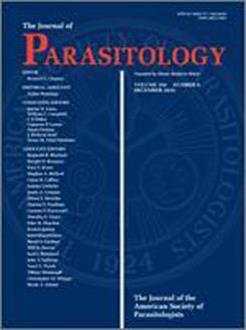Snappers from the southern Gulf of Mexico (SGM) and Mexican Caribbean (CAR) were examined for parasitic nematodes to determine their richness, composition, and infection parameters (prevalence and mean intensity). From February 2016 to March 2018, 431 individuals of 8 snapper species were collected in 6 localities. In all, these fishes were parasitized by 2,275 individual nematodes belonging to 13 taxa: Terranova sp. was found in 7 of 8 host species and showed the highest prevalence (23%), while the rest had lower values (<10%). Lutjanus griseus (Linnaeus) harbored the highest species richness (10 species), followed by Lutjanus apodus (Walbaum) (8 species). Most localities were similar in terms of species richness but differed in the specific composition. Eight nematode taxa represent new host records for the family Lutjanidae (Gill), thus increasing to 22 the nematode taxa in the SGM and CAR. There is a potential risk to public health due to the presence of nematodes with zoonotic potential (as Anisakis sp.) and the habit in the region of eating raw fish (cebiche).
How to translate text using browser tools
4 October 2019
Parasitic Nematodes in Snappers (Perciformes: Lutjanidae) from the Southern Gulf of Mexico and Mexican Caribbean
Arturo Hernández-Olascoaga,
David González-Solís
ACCESS THE FULL ARTICLE

Journal of Parasitology
Vol. 105 • No. 5
September 2019
Vol. 105 • No. 5
September 2019
Caribbean Sea
Gulf of Mexico
Lutjanids
marine fishes
Mexico
Nematoda




